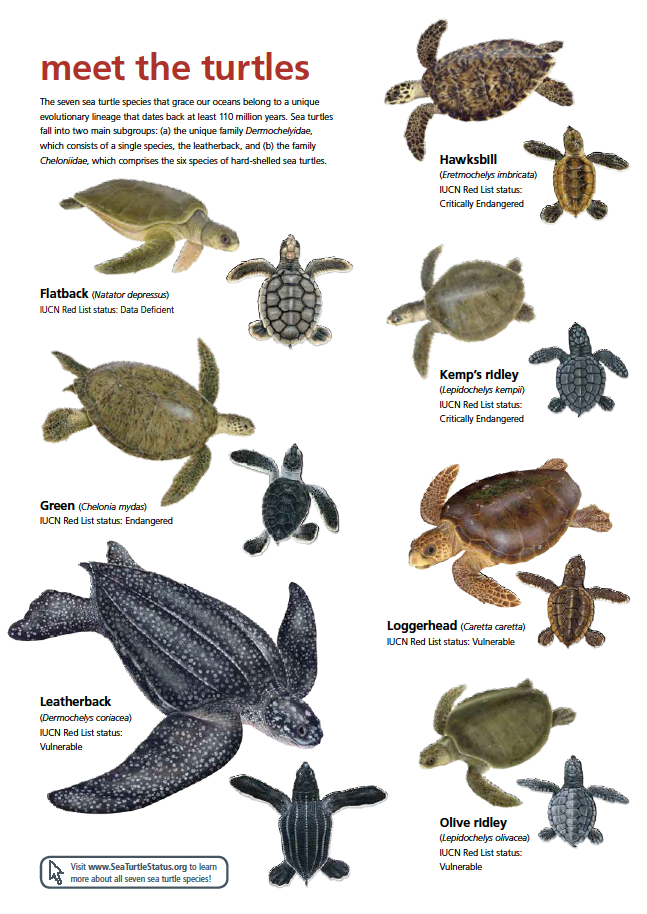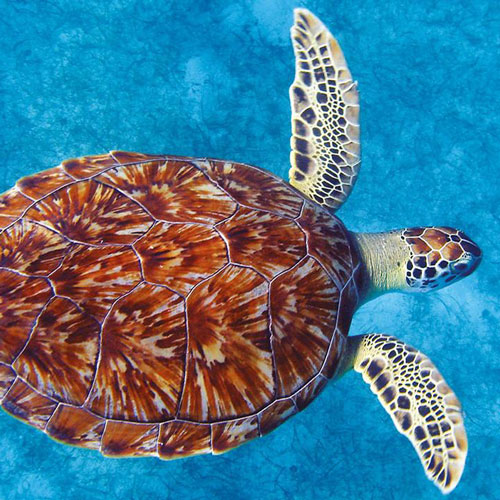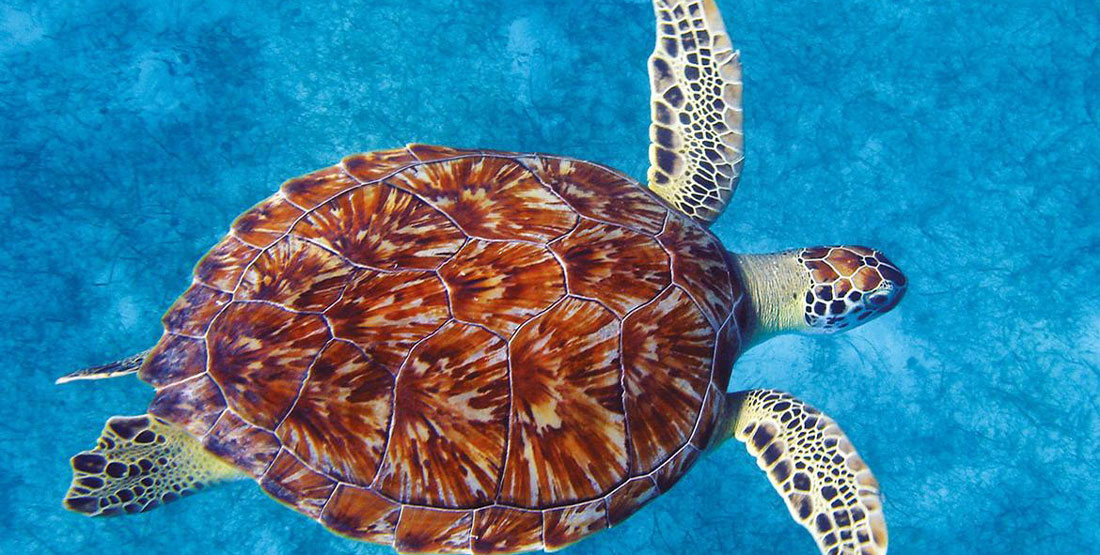All turtles are not green; their colors can vary. This article explores the different colors of turtles and the factors that influence their coloration.
Turtles, those fascinating reptiles found in various habitats, come in a wide range of colors. While green is a common color for some turtle species, not all turtles are green. In fact, turtles exhibit a diverse palette of colors, including shades of brown, gray, black, and even red or orange.
The coloration of turtles can be influenced by several factors, such as their species, age, sex, and habitat. For example, some turtles may have vibrant colors to blend with their surroundings, while others may have duller colors for camouflage or UV protection. Understanding the color variations in turtles adds to our appreciation of these ancient creatures and their fascinating adaptations.

Credit: www.flaquarium.org
Variety Of Turtle Colors
Turtles come in a wide range of colors, adding to their unique beauty and charm. Different species of turtles display various color variations, making each one distinct and recognizable. The color of a turtle is determined by several factors:
- Genetics: Just like with any living creature, genetic traits play a significant role in determining the color of turtles. These genes are passed down from their parents and ancestors.
- Environment: The environment in which the turtle lives also has an impact on its coloration. Factors like sunlight, water temperature, and the quality of food can influence the pigmentation of their shells and skin.
- Age: Turtles often change in color as they age. Younger turtles may have brighter and more vibrant colors, while older ones may develop a more subdued or faded appearance.
- Sexual Dimorphism: In some turtle species, males and females may have different color patterns or variations. This is often seen in displays during courtship rituals.
Overall, the color of turtles is a fascinating attribute that showcases the diversity of these incredible creatures. From vibrant greens to earthy browns and even striking reds, turtles exhibit a wide array of colors that captivate observers worldwide.

Credit: www.wildrepublic.com
Green Turtles And Other Colors
Green turtles are a species of sea turtles that are commonly associated with the color green. However, not all turtles are green in color. There are several species of turtles that exhibit different colors. Let’s take a closer look at the characteristics of green turtles and the other colors seen in turtle species.
Green turtles are named after the color of their fat, which is green due to their herbivorous diet consisting mainly of sea grass and algae. They have a streamlined body and can grow up to 4 feet in length and weigh over 500 pounds. Green turtles are known for their migration patterns and can travel long distances between feeding grounds and nesting beaches.
When it comes to other turtle species, color variations can be observed. For example, the loggerhead turtles have a reddish-brown carapace, while leatherback turtles have a distinct black or dark gray color. Hawksbill turtles exhibit a beautiful patterned shell in shades of brown, amber, and yellow.
| Turtle Species | Color |
|---|---|
| Green Turtle | Green (due to fat color) |
| Loggerhead Turtle | Reddish-brown |
| Leatherback Turtle | Black or dark gray |
| Hawksbill Turtle | Brown, amber, and yellow patterns |
It’s important to note that the color of a turtle can vary depending on its age, habitat, and species. The different colors seen in turtle species serve various purposes, such as camouflage, thermoregulation, and identification.
In conclusion, while green turtles are indeed green in color, not all turtles share the same hue. The various colors exhibited by different turtle species add to their beauty and uniqueness.

Credit: www.burkemuseum.org
Conclusion
The myth that all turtles are green has been debunked through this exploration. While some turtles do indeed have green coloring, many others exhibit a wide range of hues and patterns. This diversity showcases the fascinating beauty of these amazing creatures.
Whether it’s the vibrant red of the painted turtle or the striking yellow of the yellow-bellied slider, the world of turtles is filled with an array of captivating colors. So, next time you come across a turtle, remember that not all turtles are green – and that’s what makes them so special.






Leave a Reply